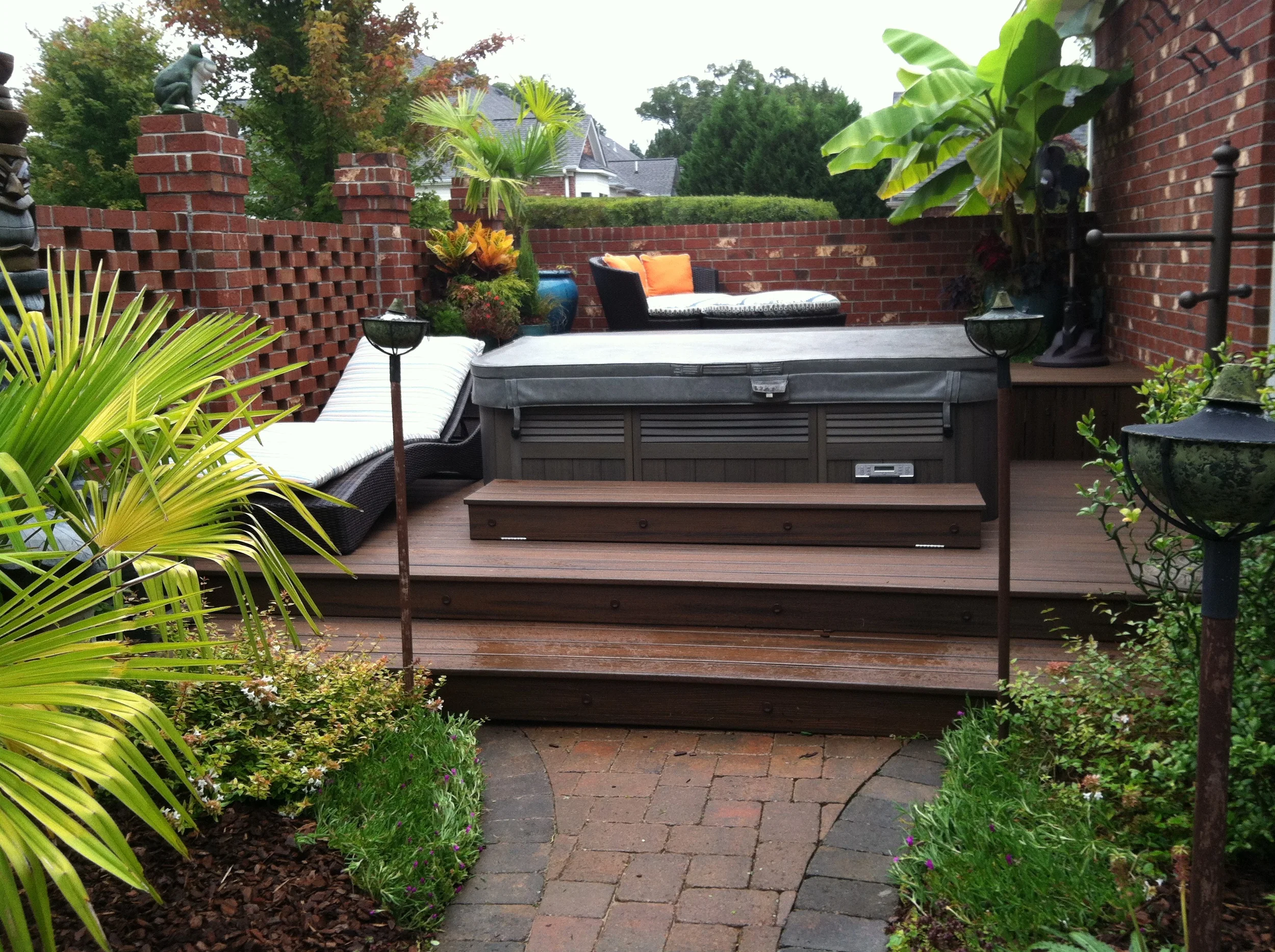While most southern gardens sport at least one ‘Old-Timey’ Camellia, i.e. Camellia japonica, I tend to prefer her more versatile and beautiful sister, Camellia sasanqua. Many gardeners are not as familiar with the use of this gorgeous shrub/small tree. It has many applications for small and large gardens here in zone 7-8- let’s take a look at a few reasons why you may want to try it in your garden:
Smaller, More Manageable Size: A typical Camellia japonica can grow into a very large shrub, limiting its use in some applications. Camellia japonica can grow upward of 15’ tall in some areas with a 10’ spread. The sasanqua, on the other hand, keeps a more manageable size of 10-12’ x 4-5’ wide. Dwarf varieties have also developed, in the 3-4’ range. One such variety is ‘Chansonette.’
Flowers and Foliage: Sasanquas also have a finer texture to their leaves than Camellia japonica. At about half the size of japonicas, the leaves are a glossy green, finely toothed and emerge with a bronze color. Sasanqua blooms are typically in the fall and winter when there are limited floral displays among other plant materials. The blooms have quite a variety of hues, with single, double and semi-double blooms in shades of pink, red, white and other varieties. Almost all have yellow centers. In the picture below, a group of 3- Camellia sasanqua ‘Cleopatra’ grace a corner of one of my planting designs.
Color and Fragrance: Camellia sasanqua is most closely related to the Tea Camellia, Camellia Sinensis, whose blooms exude a tea-like fragrance. Many of the sasanquas also have fragrant blooms, such as‘Pink Yuletide’, ‘Fairy Blush’ or Marge Miller.’
Interesting uses: There are many unconventional uses of the Fall blooming camellias in the landscape, here are just a few:
• Tree-form: This practice is commercially used on other evergreens such as hollies. The natural habit of the Camellia is to grow to the ground, in a shrub form. To ‘tree-form’ a plant is to remove the lower branches, allowing a full crown of evergreen leaves to remain at the top. The effect becomes that of a small tree, which can have many applications in the landscape.
• Espalier: Growing a tree or shrub flat against a wall or another structure is an ancient practice that ‘trains’ the Camellia by pruning. Spring and fall pruning by removing the outward growing branches, and tying or tacking the remaining branches to the structure allows the camellia to grow ‘flat.’ The outcome is truly breathtaking when the Camellia is in bloom.
• Sheared Hedge: Although I don’t normally suggest this practice, I have seen Cam. Sasanqua maintained successfully as a large sheared hedge. The flowers are still spectacular. You will need to maintain it, however, with consistent shearing or your hedge will get away from you!
New Varieties: New varieties are always being developed. Here are a few:
• ‘Stephanie Golden’ – sports a light rosy fragrance.
• ‘Kumarsaka’- Bright pink flowers with a yellow center.
• ‘White Doves’- White semi-double flowers, only growing 4-5’ high.
Colder climates also can enjoy Camellias with the ‘Ice Angel’ varieties. These new cold hardy camellias will bring a touch of color to zone 6 winter gardens.
See more and follow me on INSTAGRAM!











